Zhan Zhang
Methodology and Real-World Applications of Dynamic Uncertain Causality Graph for Clinical Diagnosis with Explainability and Invariance
Jun 09, 2024Abstract:AI-aided clinical diagnosis is desired in medical care. Existing deep learning models lack explainability and mainly focus on image analysis. The recently developed Dynamic Uncertain Causality Graph (DUCG) approach is causality-driven, explainable, and invariant across different application scenarios, without problems of data collection, labeling, fitting, privacy, bias, generalization, high cost and high energy consumption. Through close collaboration between clinical experts and DUCG technicians, 46 DUCG models covering 54 chief complaints were constructed. Over 1,000 diseases can be diagnosed without triage. Before being applied in real-world, the 46 DUCG models were retrospectively verified by third-party hospitals. The verified diagnostic precisions were no less than 95%, in which the diagnostic precision for every disease including uncommon ones was no less than 80%. After verifications, the 46 DUCG models were applied in the real-world in China. Over one million real diagnosis cases have been performed, with only 17 incorrect diagnoses identified. Due to DUCG's transparency, the mistakes causing the incorrect diagnoses were found and corrected. The diagnostic abilities of the clinicians who applied DUCG frequently were improved significantly. Following the introduction to the earlier presented DUCG methodology, the recommendation algorithm for potential medical checks is presented and the key idea of DUCG is extracted.
Unleashing Generalization of End-to-End Autonomous Driving with Controllable Long Video Generation
Jun 03, 2024Abstract:Using generative models to synthesize new data has become a de-facto standard in autonomous driving to address the data scarcity issue. Though existing approaches are able to boost perception models, we discover that these approaches fail to improve the performance of planning of end-to-end autonomous driving models as the generated videos are usually less than 8 frames and the spatial and temporal inconsistencies are not negligible. To this end, we propose Delphi, a novel diffusion-based long video generation method with a shared noise modeling mechanism across the multi-views to increase spatial consistency, and a feature-aligned module to achieves both precise controllability and temporal consistency. Our method can generate up to 40 frames of video without loss of consistency which is about 5 times longer compared with state-of-the-art methods. Instead of randomly generating new data, we further design a sampling policy to let Delphi generate new data that are similar to those failure cases to improve the sample efficiency. This is achieved by building a failure-case driven framework with the help of pre-trained visual language models. Our extensive experiment demonstrates that our Delphi generates a higher quality of long videos surpassing previous state-of-the-art methods. Consequentially, with only generating 4% of the training dataset size, our framework is able to go beyond perception and prediction tasks, for the first time to the best of our knowledge, boost the planning performance of the end-to-end autonomous driving model by a margin of 25%.
LuoJiaHOG: A Hierarchy Oriented Geo-aware Image Caption Dataset for Remote Sensing Image-Text Retrival
Mar 16, 2024Abstract:Image-text retrieval (ITR) plays a significant role in making informed decisions for various remote sensing (RS) applications. Nonetheless, creating ITR datasets containing vision and language modalities not only requires significant geo-spatial sampling area but also varing categories and detailed descriptions. To this end, we introduce an image caption dataset LuojiaHOG, which is geospatial-aware, label-extension-friendly and comprehensive-captioned. LuojiaHOG involves the hierarchical spatial sampling, extensible classification system to Open Geospatial Consortium (OGC) standards, and detailed caption generation. In addition, we propose a CLIP-based Image Semantic Enhancement Network (CISEN) to promote sophisticated ITR. CISEN consists of two components, namely dual-path knowledge transfer and progressive cross-modal feature fusion. Comprehensive statistics on LuojiaHOG reveal the richness in sampling diversity, labels quantity and descriptions granularity. The evaluation on LuojiaHOG is conducted across various state-of-the-art ITR models, including ALBEF, ALIGN, CLIP, FILIP, Wukong, GeoRSCLIP and CISEN. We use second- and third-level labels to evaluate these vision-language models through adapter-tuning and CISEN demonstrates superior performance. For instance, it achieves the highest scores with WMAP@5 of 88.47\% and 87.28\% on third-level ITR tasks, respectively. In particular, CISEN exhibits an improvement of approximately 1.3\% and 0.9\% in terms of WMAP@5 compared to its baseline. These findings highlight CISEN advancements accurately retrieving pertinent information across image and text. LuojiaHOG and CISEN can serve as a foundational resource for future RS image-text alignment research, facilitating a wide range of vision-language applications.
Mispronunciation Detection and Correction via Discrete Acoustic Units
Aug 12, 2021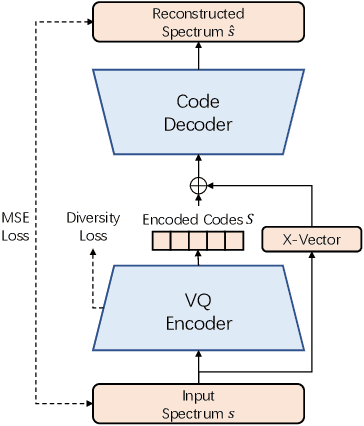

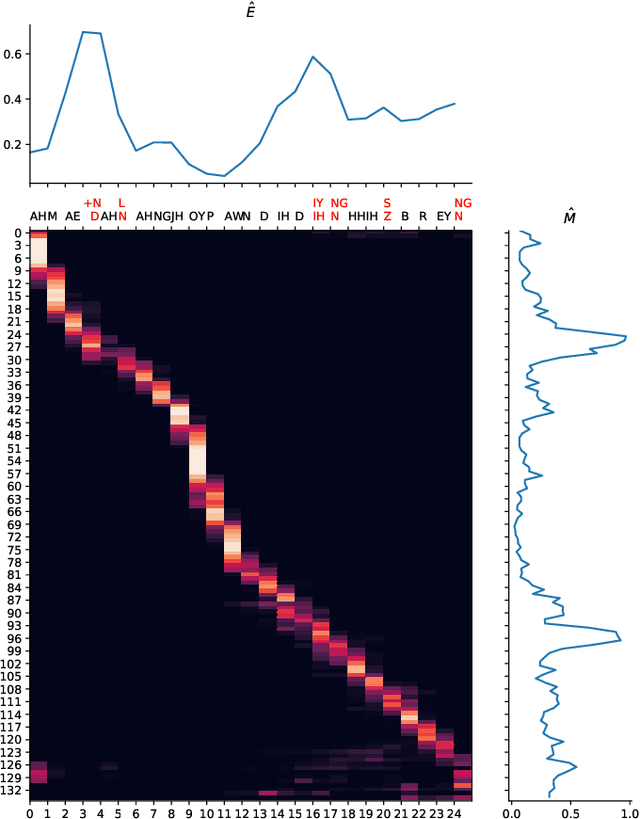
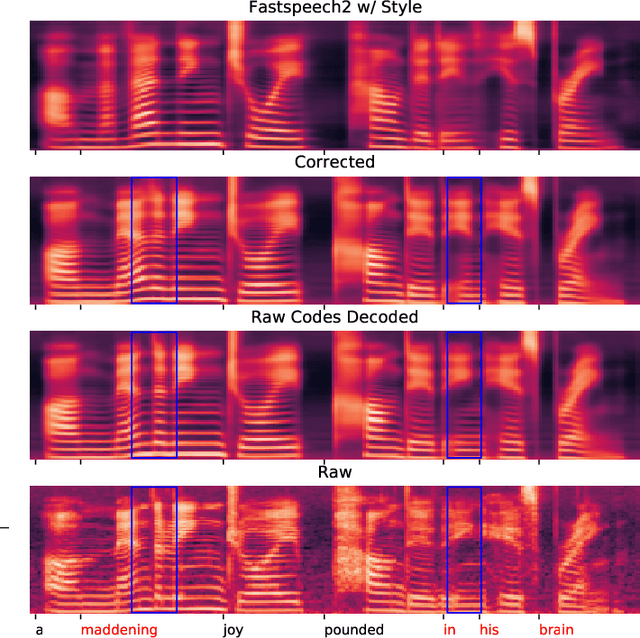
Abstract:Computer-Assisted Pronunciation Training (CAPT) plays an important role in language learning. However, conventional CAPT methods cannot effectively use non-native utterances for supervised training because the ground truth pronunciation needs expensive annotation. Meanwhile, certain undefined nonnative phonemes cannot be correctly classified into standard phonemes. To solve these problems, we use the vector-quantized variational autoencoder (VQ-VAE) to encode the speech into discrete acoustic units in a self-supervised manner. Based on these units, we propose a novel method that integrates both discriminative and generative models. The proposed method can detect mispronunciation and generate the correct pronunciation at the same time. Experiments on the L2-Arctic dataset show that the detection F1 score is improved by 9.58% relatively compared with recognition-based methods. The proposed method also achieves a comparable word error rate (WER) and the best style preservation for mispronunciation correction compared with text-to-speech (TTS) methods.
Gaze-Contingent Retinal Speckle Suppression for Perceptually-Matched Foveated Holographic Displays
Aug 10, 2021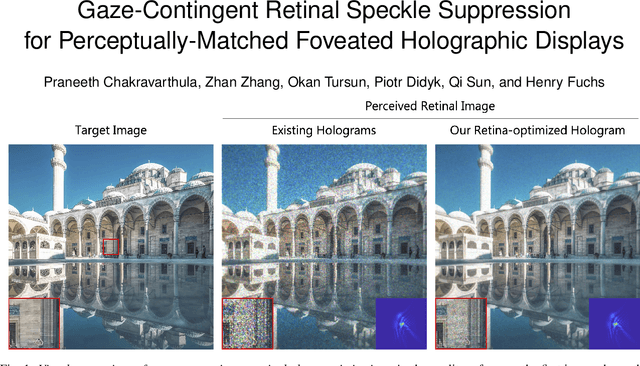



Abstract:Computer-generated holographic (CGH) displays show great potential and are emerging as the next-generation displays for augmented and virtual reality, and automotive heads-up displays. One of the critical problems harming the wide adoption of such displays is the presence of speckle noise inherent to holography, that compromises its quality by introducing perceptible artifacts. Although speckle noise suppression has been an active research area, the previous works have not considered the perceptual characteristics of the Human Visual System (HVS), which receives the final displayed imagery. However, it is well studied that the sensitivity of the HVS is not uniform across the visual field, which has led to gaze-contingent rendering schemes for maximizing the perceptual quality in various computer-generated imagery. Inspired by this, we present the first method that reduces the "perceived speckle noise" by integrating foveal and peripheral vision characteristics of the HVS, along with the retinal point spread function, into the phase hologram computation. Specifically, we introduce the anatomical and statistical retinal receptor distribution into our computational hologram optimization, which places a higher priority on reducing the perceived foveal speckle noise while being adaptable to any individual's optical aberration on the retina. Our method demonstrates superior perceptual quality on our emulated holographic display. Our evaluations with objective measurements and subjective studies demonstrate a significant reduction of the human perceived noise.
Accent Recognition with Hybrid Phonetic Features
May 05, 2021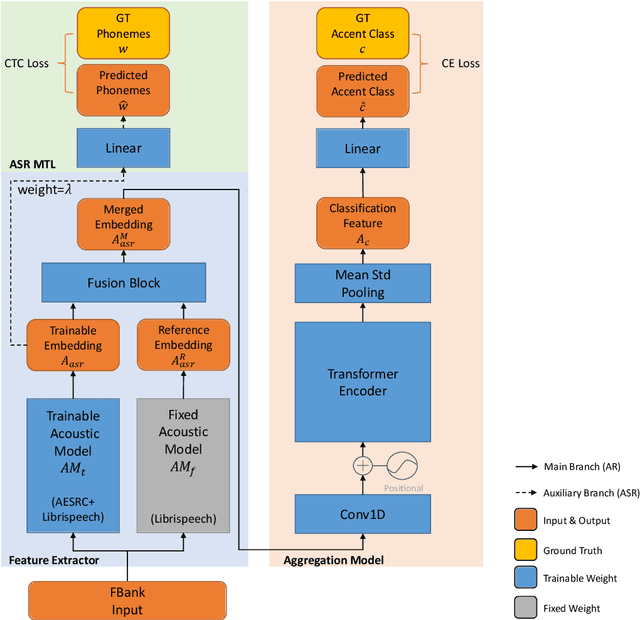
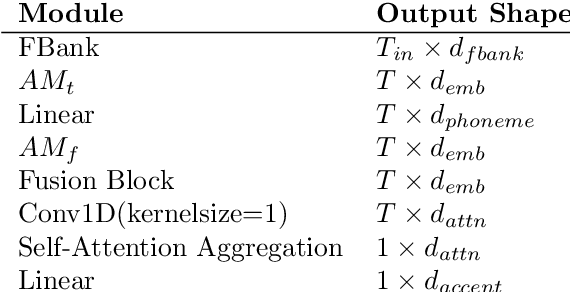
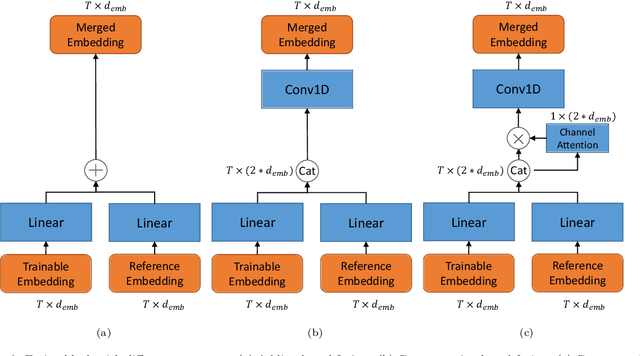
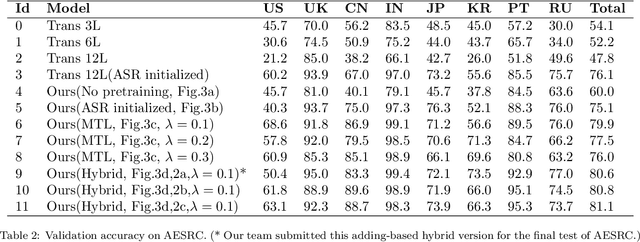
Abstract:The performance of voice-controlled systems is usually influenced by accented speech. To make these systems more robust, the frontend accent recognition (AR) technologies have received increased attention in recent years. As accent is a high-level abstract feature that has a profound relationship with the language knowledge, AR is more challenging than other language-agnostic audio classification tasks. In this paper, we use an auxiliary automatic speech recognition (ASR) task to extract language-related phonetic features. Furthermore, we propose a hybrid structure that incorporates the embeddings of both a fixed acoustic model and a trainable acoustic model, making the language-related acoustic feature more robust. We conduct several experiments on the Accented English Speech Recognition Challenge (AESRC) 2020 dataset. The results demonstrate that our approach can obtain a 6.57% relative improvement on the validation set. We also get a 7.28% relative improvement on the final test set for this competition, showing the merits of the proposed method.
CASS: Towards Building a Social-Support Chatbot for Online Health Community
Feb 04, 2021



Abstract:Chatbots systems, despite their popularity in today's HCI and CSCW research, fall short for one of the two reasons: 1) many of the systems use a rule-based dialog flow, thus they can only respond to a limited number of pre-defined inputs with pre-scripted responses; or 2) they are designed with a focus on single-user scenarios, thus it is unclear how these systems may affect other users or the community. In this paper, we develop a generalizable chatbot architecture (CASS) to provide social support for community members in an online health community. The CASS architecture is based on advanced neural network algorithms, thus it can handle new inputs from users and generate a variety of responses to them. CASS is also generalizable as it can be easily migrate to other online communities. With a follow-up field experiment, CASS is proven useful in supporting individual members who seek emotional support. Our work also contributes to fill the research gap on how a chatbot may influence the whole community's engagement.
"Brilliant AI Doctor" in Rural China: Tensions and Challenges in AI-Powered CDSS Deployment
Jan 12, 2021



Abstract:Artificial intelligence (AI) technology has been increasingly used in the implementation of advanced Clinical Decision Support Systems (CDSS). Research demonstrated the potential usefulness of AI-powered CDSS (AI-CDSS) in clinical decision making scenarios. However, post-adoption user perception and experience remain understudied, especially in developing countries. Through observations and interviews with 22 clinicians from 6 rural clinics in China, this paper reports the various tensions between the design of an AI-CDSS system ("Brilliant Doctor") and the rural clinical context, such as the misalignment with local context and workflow, the technical limitations and usability barriers, as well as issues related to transparency and trustworthiness of AI-CDSS. Despite these tensions, all participants expressed positive attitudes toward the future of AI-CDSS, especially acting as "a doctor's AI assistant" to realize a Human-AI Collaboration future in clinical settings. Finally we draw on our findings to discuss implications for designing AI-CDSS interventions for rural clinical contexts in developing countries.
Computer-Aided Diagnosis of Label-Free 3-D Optical Coherence Microscopy Images of Human Cervical Tissue
Sep 17, 2018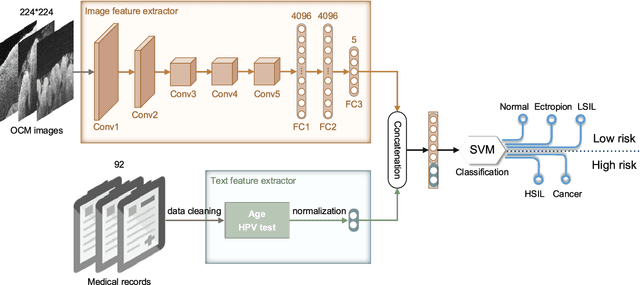
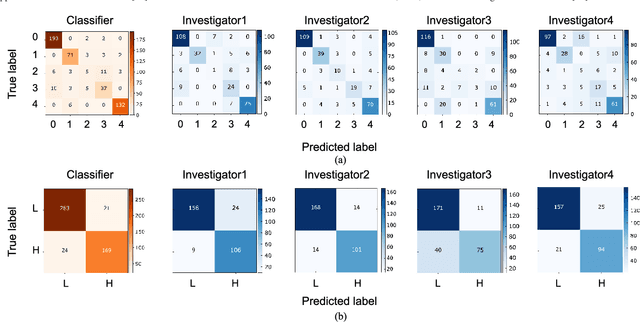
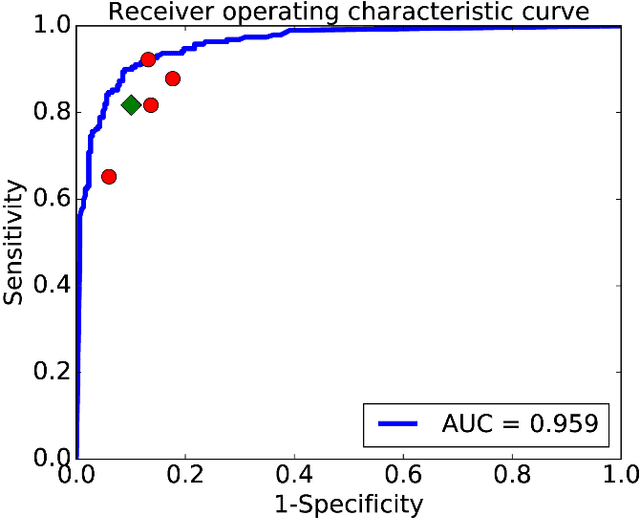
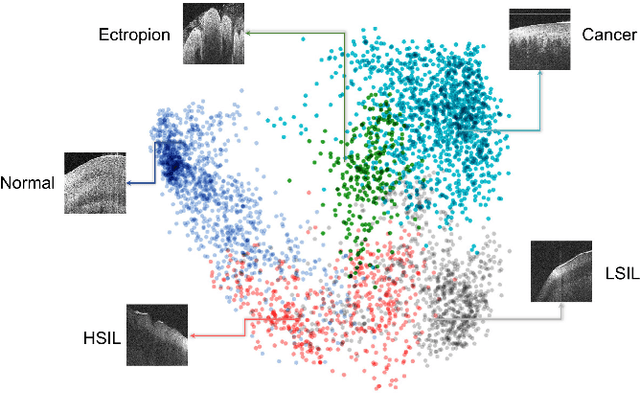
Abstract:Objective: Ultrahigh-resolution optical coherence microscopy (OCM) has recently demonstrated its potential for accurate diagnosis of human cervical diseases. One major challenge for clinical adoption, however, is the steep learning curve clinicians need to overcome to interpret OCM images. Developing an intelligent technique for computer-aided diagnosis (CADx) to accurately interpret OCM images will facilitate clinical adoption of the technology and improve patient care. Methods: 497 high-resolution 3-D OCM volumes (600 cross-sectional images each) were collected from 159 ex vivo specimens of 92 female patients. OCM image features were extracted using a convolutional neural network (CNN) model, concatenated with patient information (e.g., age, HPV results), and classified using a support vector machine classifier. Ten-fold cross-validations were utilized to test the performance of the CADx method in a five-class classification task and a binary classification task. Results: An 88.3 plus or minus 4.9% classification accuracy was achieved for five fine-grained classes of cervical tissue, namely normal, ectropion, low-grade and high-grade squamous intraepithelial lesions (LSIL and HSIL), and cancer. In the binary classification task (low-risk [normal, ectropion and LSIL] vs. high-risk [HSIL and cancer]), the CADx method achieved an area-under-the-curve (AUC) value of 0.959 with an 86.7 plus or minus 11.4% sensitivity and 93.5 plus or minus 3.8% specificity. Conclusion: The proposed deep-learning based CADx method outperformed three human experts. It was also able to identify morphological characteristics in OCM images that were consistent with histopathological interpretations. Significance: Label-free OCM imaging, combined with deep-learning based CADx methods, hold a great promise to be used in clinical settings for the effective screening and diagnosis of cervical diseases.
A deep learning approach for predicting the quality of online health expert question-answering services
Dec 21, 2016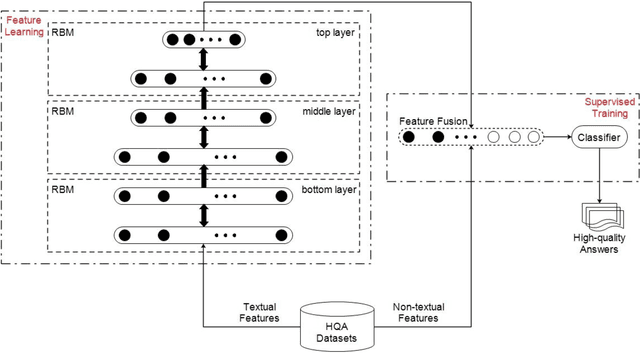
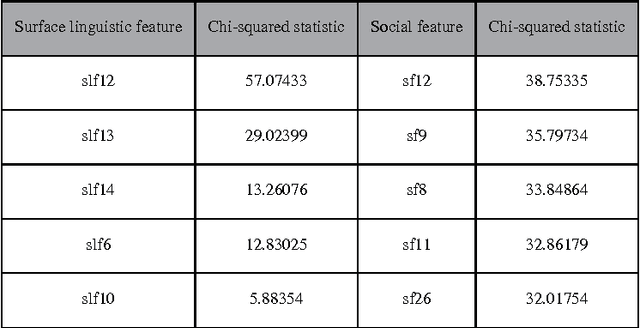
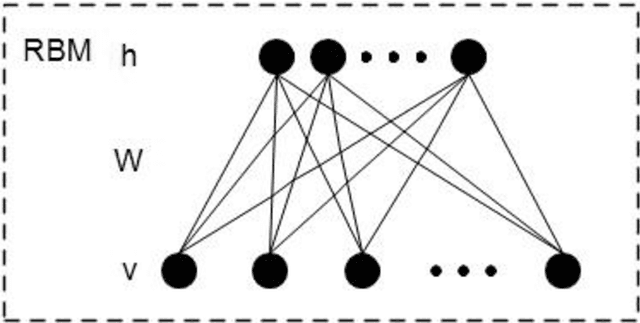
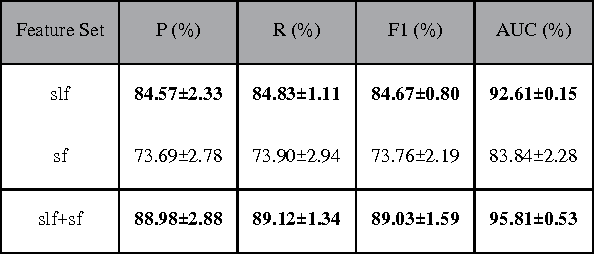
Abstract:Currently, a growing number of health consumers are asking health-related questions online, at any time and from anywhere, which effectively lowers the cost of health care. The most common approach is using online health expert question-answering (HQA) services, as health consumers are more willing to trust answers from professional physicians. However, these answers can be of varying quality depending on circumstance. In addition, as the available HQA services grow, how to predict the answer quality of HQA services via machine learning becomes increasingly important and challenging. In an HQA service, answers are normally short texts, which are severely affected by the data sparsity problem. Furthermore, HQA services lack community features such as best answer and user votes. Therefore, the wisdom of the crowd is not available to rate answer quality. To address these problems, in this paper, the prediction of HQA answer quality is defined as a classification task. First, based on the characteristics of HQA services and feedback from medical experts, a standard for HQA service answer quality evaluation is defined. Next, based on the characteristics of HQA services, several novel non-textual features are proposed, including surface linguistic features and social features. Finally, a deep belief network (DBN)-based HQA answer quality prediction framework is proposed to predict the quality of answers by learning the high-level hidden semantic representation from the physicians' answers. Our results prove that the proposed framework overcomes the problem of overly sparse textual features in short text answers and effectively identifies high-quality answers.
 Add to Chrome
Add to Chrome Add to Firefox
Add to Firefox Add to Edge
Add to Edge